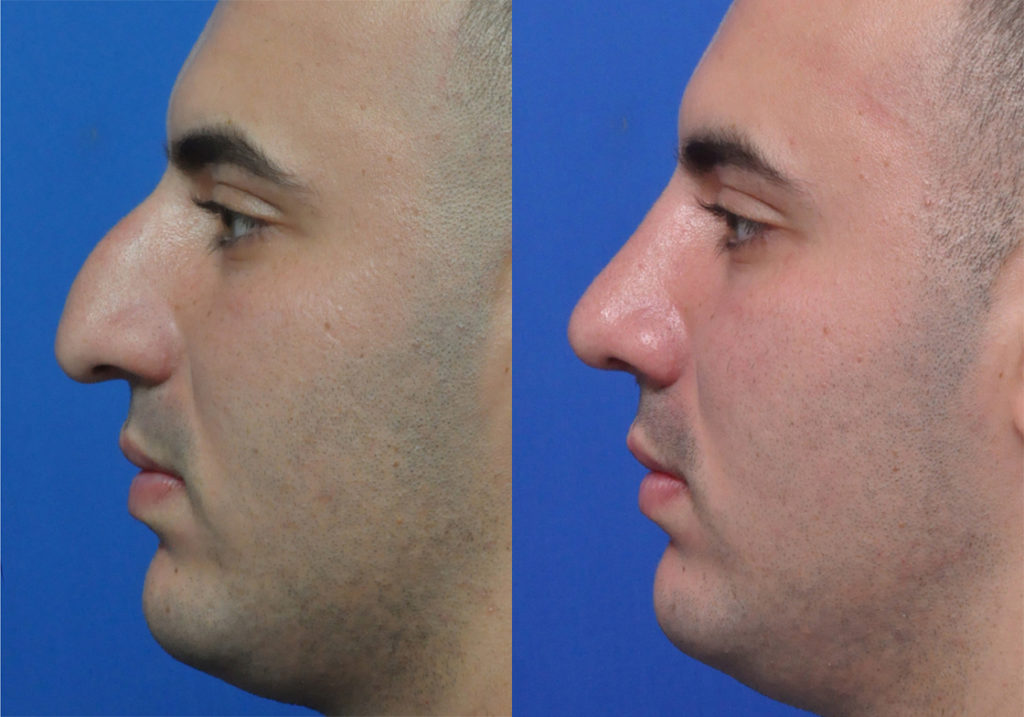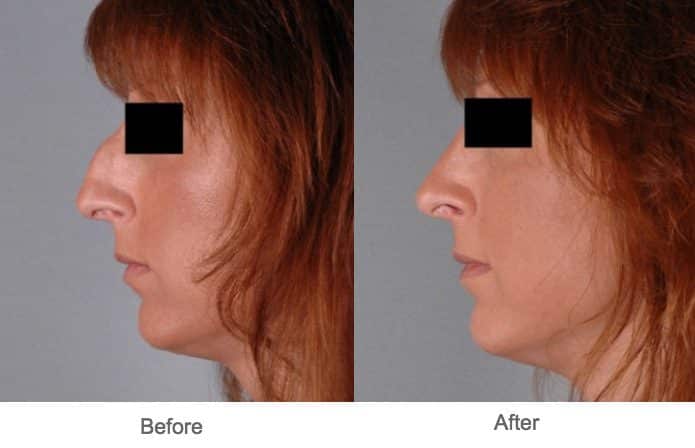Getting My Rhinoplasty To Work
Table of ContentsThings about Austin RhinoplastyOur Rhinoplasty Austin StatementsSee This Report on Rhinoplasty Austin
Lower third area the skin of the lower nose is as thicker and less mobile, because it has more sebaceous glands, particularly at the nasal suggestion. Subcutaneous fat layer is very thin. Nasal lining At the vestibule, the human nose is lined with a mucous membrane of squamous epithelium, which tissue then transitions to become columnar respiratory epithelium, a pseudo-stratified, ciliated (lash-like) tissue with abundant seromucous glands, which preserves the nasal moisture and secures the breathing tract from bacteriologic infection and foreign objects.
the elevator muscle group which includes the procerus muscle and the levator labii superioris alaeque nasi muscle. the depressor muscle group which consists of the alar nasalis muscle and the depressor septi nasi muscle. the compressor muscle group which consists of the transverse nasalis muscle. the dilator muscle group which consists of the dilator naris muscle that broadens the nostrils; it remains in two parts: (i) the dilator nasi anterior muscle, and (ii) the dilator nasi posterior muscle.
To plan, map, and execute the surgical correction of a nasal defect or deformity, the structure of the external nose is divided into 9 (9) visual nasal subunits, and six (6) visual nasal sections, which supply the plastic surgeon with the steps for determining the size, degree, and topographic location of the nasal flaw or deformity.

Hence, if more than half of a visual subunit is lost (damaged, malfunctioning, damaged) the cosmetic surgeon replaces the whole aesthetic section, normally with a regional tissue graft, gathered from either the face or the head, or with a tissue graft collected from in other places on the patient's body. Like the face, the human nose is well vascularized with arteries and veins, and therefore supplied with plentiful blood.
The external nose is provided with blood by the facial artery, which becomes the angular artery that courses over the superomedial element of the nose. The sellar area (sella turcica, "Turkish chair") and the dorsal area of the nose are supplied with blood by branches of the internal maxillary artery (infraorbital artery) and the ophthalmic arteries that originate from the internal typical carotid artery system.
The Greatest Guide To Rhinoplasty Surgery Austin Tx
The nasal septum also is supplied with blood by the sphenopalatine artery, and by the anterior and posterior ethmoid arteries, with the extra circulatory contributions of the remarkable labial artery and of the greater palatine artery - rhinoplasty. These three (3) vascular supplies to the internal nose assemble in the Kiesselbach plexus (the Little location), which is an area in the anteroinferior-third of the nasal septum, (in front and listed below).
The nasal veins are biologically substantial, due to the fact that they have no vessel-valves, and due to the fact that of their direct, circulatory communication to the cavernous sinus, that makes possible the possible intracranial dispersing of a bacterial infection of the nose. Hence, since of such a plentiful nasal blood supply, tobacco cigarette smoking see this website does therapeutically compromise post-operative healing.
Nasal innervation: Cranial nerve V, the trigeminal nerve (nervus trigeminis) gives feeling to the nose, the face, and the upper jaw (maxilla) - nose job. The feelings signed up by the human nose originate from the very first 2 (2) branches of cranial nerve V, the trigeminal nerve. The nerve listings indicate the particular innervation (sensory circulation) of the trigeminal nerve branches within the nose, the face, and the upper jaw (maxilla).
The shown nerve serves the called structural facial and nasal regions Lacrimal nerve communicates sensation to the skin locations of the lateral orbital (eye socket) region, except for the lacrimal gland. Frontal nerve conveys sensation to the skin locations of the forehead and the scalp. Supraorbital nerve communicates feeling to the skin areas of the eyelids, the forehead, and the scalp.

Nasociliary nerve conveys experience to the skin area of the nose, and the mucous membrane of the anterior (front) nasal cavity. Anterior ethmoid nerve conveys experience in the anterior (front) half of the nasal cavity: (a) the internal locations of the ethmoid sinus and the frontal sinus; and (b) the external locations, from the nasal idea to the rhinion: the anterior tip of the terminal end of the nasal-bone suture.
Infratrochlear nerve conveys feeling to the medial region of the eyelids, the palpebral conjunctiva, the nasion (nasolabial junction), and the bony dorsum. Nasal anatomy: The shell-form turbinates (conchae nasales). Nasal anatomy: The septum nasi bones and cartilages. The supply of parasympathetic nerves to the face and the upper jaw (maxilla) stems from the higher superficial petrosal (GSP) branch of cranial nerve VII, the facial nerve.
How Nose Job Austin can Save You Time, Stress, and Money.

The flooring of the nose makes up the premaxilla bone and the palatine bone, the roofing of the mouth. The nasal septum is composed of the quadrangular cartilage, the vomer bone (the perpendicular plate of the ethmoid bone), check my blog aspects of the premaxilla, and the palatine bones. Each lateral nasal wall includes three pairs of turbinates (nasal conchae), which are little, thin, shell-form bones: (i) the exceptional concha, (ii) the middle concha, and (iii) the inferior concha, which are go to website the bony framework of the turbinates.